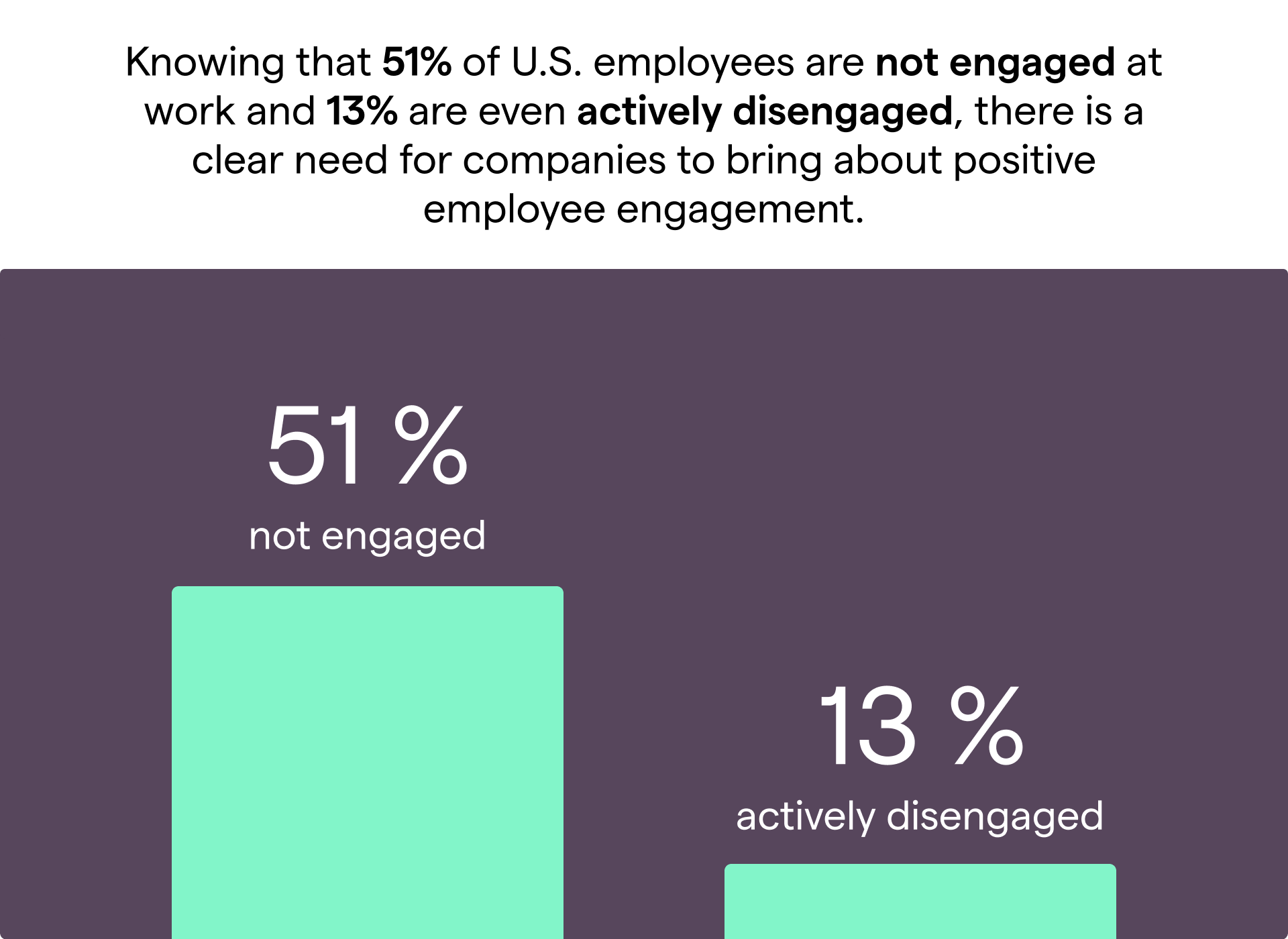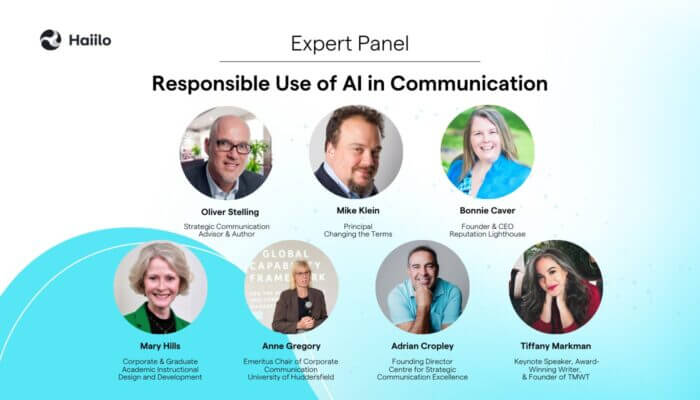Over the past decade, diversity, equity, and inclusion (DEI) have become top priorities for employers across the globe. Building a culture of inclusion is not an option anymore. During this era of great resignation, companies must reconsider their DEI strategies because they have a significant and direct impact on employee attraction, engagement, and retention.
Consequently, according to the State of Recruiting Report, 50% of employers said DEI would be a high-priority this year.
The global analytics firm Gallup came to the same conclusion. From their report:
Employees in an inclusive environment are more engaged, demonstrate higher advocacy for their organizations, and have a greater intent to stay. That same study found with respect to race, in particular, engaged employees are much less likely to leave their organization regardless of race.
In this blog, we will define diversity, equity, and inclusion, explain why building an inclusive culture matters, and how to nurture it.
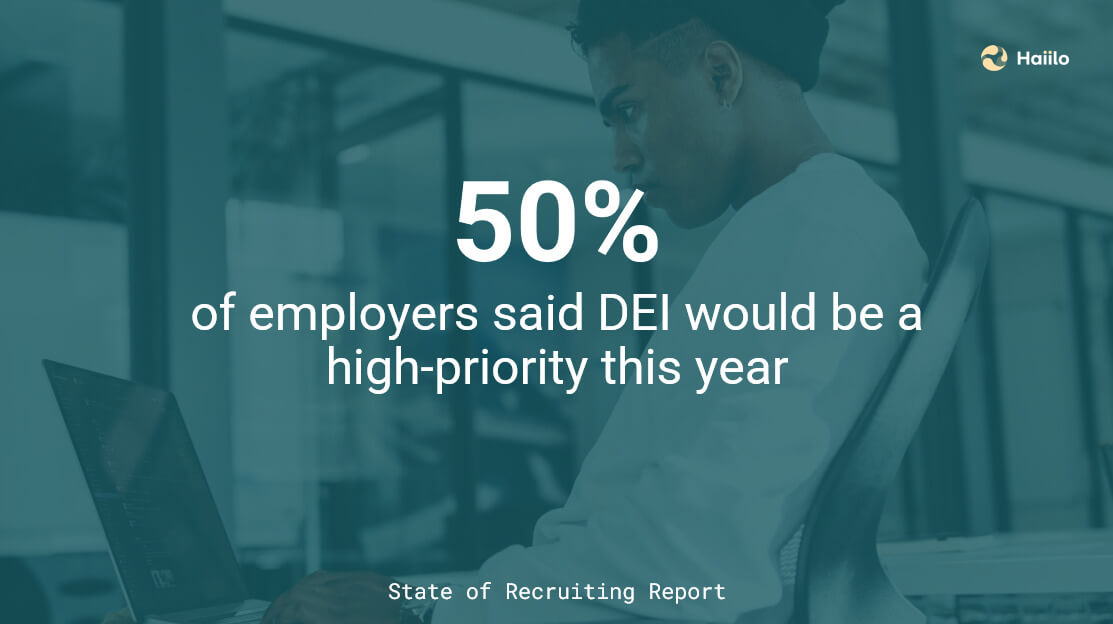
Diversity, Equity, and Inclusion Defined
Before we dig deeper into the benefits and best practices of diversity and inclusion, let’s take a look into their definitions.
Diversity
Diversity, at its core, comes down to representation. It ensures that every employee, with all its uniqueness, is given an equal opportunity to be hired. Individuals with different backgrounds and experiences should consistently be employed at a company. This includes looking at race, ethnicity, gender, disability, sexual orientation, and religion.
💡 Check out our guide for managing a multigenerational workforce!
Equity
While diversity is crucial for talent acquisition, equity may play a more important further in the employee journey – engagement and retention.
Equity is all about creating a fair and motivating environment in the workplace. It ensures that all the individuals in an organization get the same level of access and opportunity to grow and develop themselves.
Simply put, equity means that every employee should have an equal chance to succeed at their jobs.
Inclusion
Inclusion is one of the biggest drivers of positive employee experience in the workplace. It focuses on creating a workplace culture in which employees feel valued, welcomed, respected, and heard.
An inclusive workplace is one that encourages employees’ share of voice and invites everyone to participate and actively contribute to the company’s success.
7 Reasons Why Diversity and Inclusion Matter
Companies that care about diversity, equity, and inclusion have a competitive advantage over their peers. Even though the benefits are numerous, let’s take a look into the 7 most important ones.
1. Improved talent attraction and employer brand
Diversity and inclusion play an important role in attracting new job candidates and improving the company’s reputation as an employer.
According to research, 76% of job seekers consider workplace diversity an important factor when considering employment opportunities, and about 1 in 3 job seekers would not apply at a company with a lack of diversity among its workforce.
In the era of great resignation, it is of utmost importance for organizations to improve their hiring efforts, and focusing on diversity and inclusion can certainly help.

2. Better quality of talent pools
Diverse companies are much more successful in building bigger pools of highly qualified talent. Not restricting recruitment to just certain cultures, races, and ethnicities mean more diverse job candidates.
According to a Glassdoor survey, 89% of black respondents, 80% of Asians, and 70% of Latinos said workforce diversity was important to them.
The emergence of remote and hybrid work makes it easier for employers to hire people from all over the world, allowing companies to be more diverse and inclusive to everyone.
3. Increase in employee engagement
According to research by Deloitte,
“employee perceptions of their organization’s diversity practices were directly related to their levels of engagement. Importantly, perceptions in this case are not of the diversity ideology or values, but more importantly perceptions of actual ‘policies and practices that make up an organization’s diversity practices.”
When employees feel like they are included and equally treated compared to their peers, they are also more engaged. When they feel like their voice is heard they tend to get more involved with various company initiatives and are more motivated to do their jobs.
💡 Looking for other ways to drive engagement in the workplace? Don’t miss our ultimate employee engagement guide!
4. Higher company productivity and performance
Higher employee engagement usually results in higher company productivity. Consequently, organizations that care more about diversity, equity, and inclusion also have better overall business performance.
A McKinsey study found companies in the top quartile for ethnic and racial diversity in management were 36% more likely to have financial returns above their industry mean.
Another research shows that companies in the top quartile for gender diversity on executive teams were 25% more likely to have above-average profitability than companies in the fourth quartile.
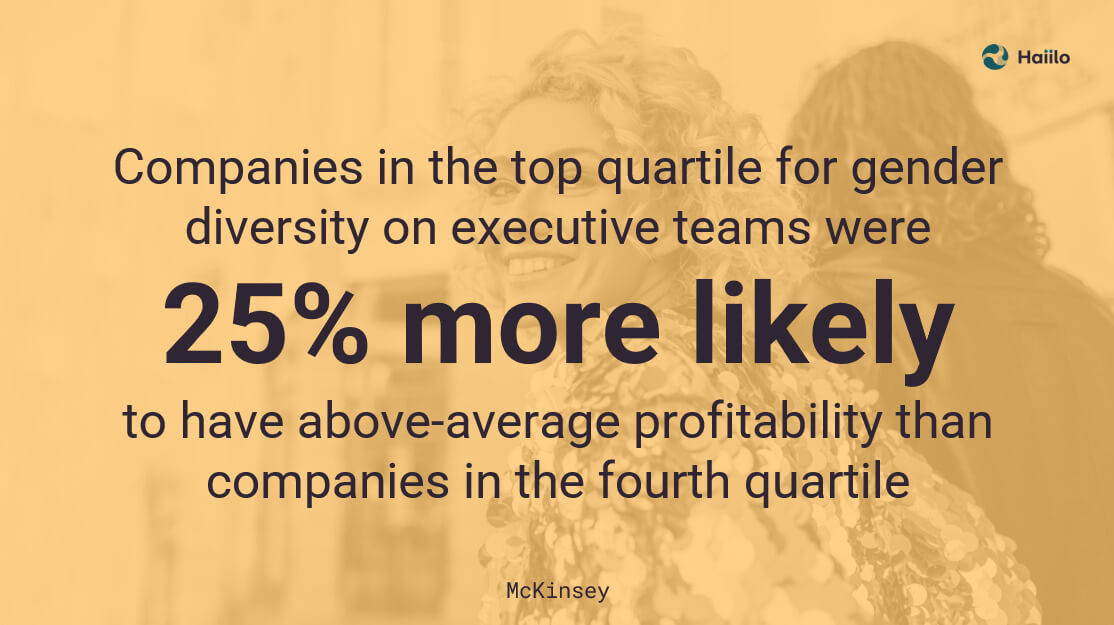
5. More innovation and creativity
Workplace inclusivity plays a crucial role in driving innovation among employees. When employees’ ideas are considered and when their work is valued and appreciated, employees are more likely to come up with new, innovative solutions.
Additionally, people with new ideas and from diverse backgrounds are more likely to bring different perspectives and ideas.
There’s plenty of existing research that shows the relationship between workplace inclusivity, diversity, and innovation:
- 74% of millennials believe that their organization is more innovative when it has a culture of inclusion.
- A recent study found that inclusive companies are 1.7 times more likely to be innovation leaders in their market.
This is not surprising as the lack of recognition and constructive employee feedback often lead to lower employee motivation and engagement.
💡 Also, check out these 15 employee motivation tips.
6. Decrease in employee turnover and absenteeism
Diversity and inclusion also impact a company’s ability to retain the best talent.
According to research, more than 50% of current employees want their workplace to do more to increase diversity.
Consequently, studies found that workplace belonging can lead to an estimated reduction of turnover risk by 50%, and a 75% decrease in employee sick days.
To add, when employees believe they are treated fairly regardless of race, gender, sexual orientation or age, they are:
- 9.8 times more likely to look forward to going to work
- 6.3 times more likely to have pride in their work
💡 Learn about how to attract and keep millennials in the workplace!
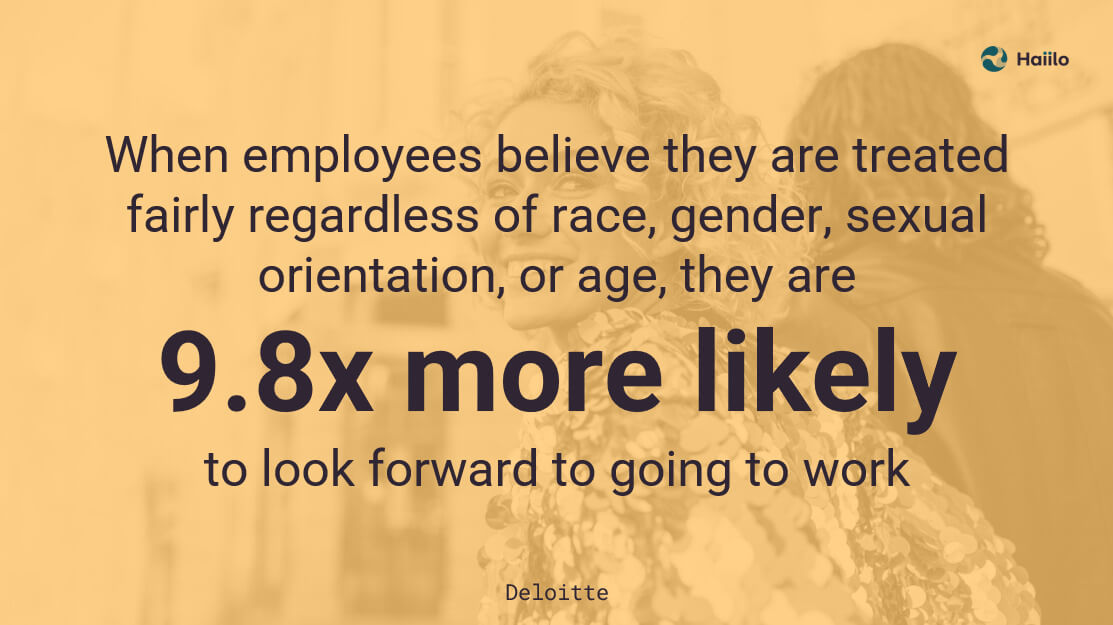
7. Better company culture and employee experience
With the emergence of COVID-19, workplaces have become more dispersed. Many employees feel lonely as they are socially isolated from their peers and colleagues. Building a culture of inclusion and equity can improve employee experience, create a better sense of belonging, and build stronger connections among virtual teams.
7 Best Practices for Nurturing Diversity and Inclusion In Your Workplace
Building, maintaining and nurturing the culture of diversity, equality, and inclusion is not easy. It requires multiple crucial steps. Let’s dig deeper into them.
1. Implement formal policies and procedures
The very first step to becoming a more diverse, equal, and inclusive workplace is to align the strategy with business goals and core company values. Otherwise, it is hard to make the initiatives more formal. Hence, putting together a set of rules, policies, and procedures is crucial.
However, in one study of Fortune 1000 companies, 41% of respondents said their organizations had very informal diversity efforts with no structure because they’re “too busy”.
💡 Related: 8 Reasons Why Internal Communication Is the Key to Organizational Alignment
2. Increase internal awareness
It is important that companies, especially leaders, HR, and internal communications departments, continuously communicate the benefits of diversity, equality, and inclusion in the workplace.
In order to build and nurture a culture of diversity and inclusion, employers need to be able to get their employees’ buy-in and embed new behaviors.
This is particularly important today when asynchronous communication has become the main mean of communication at work. It is getting harder for employers to cut through the noise and reach the right employees with the right message at the right time.
Consequently, employees may miss important information about your initiatives and activities towards building a more diverse and inclusive culture.
During this year, however, 41% of employers are looking to offer more resources/information for additional education or support around DEI, and 51% are already sharing our DEI efforts in company-wide channels.
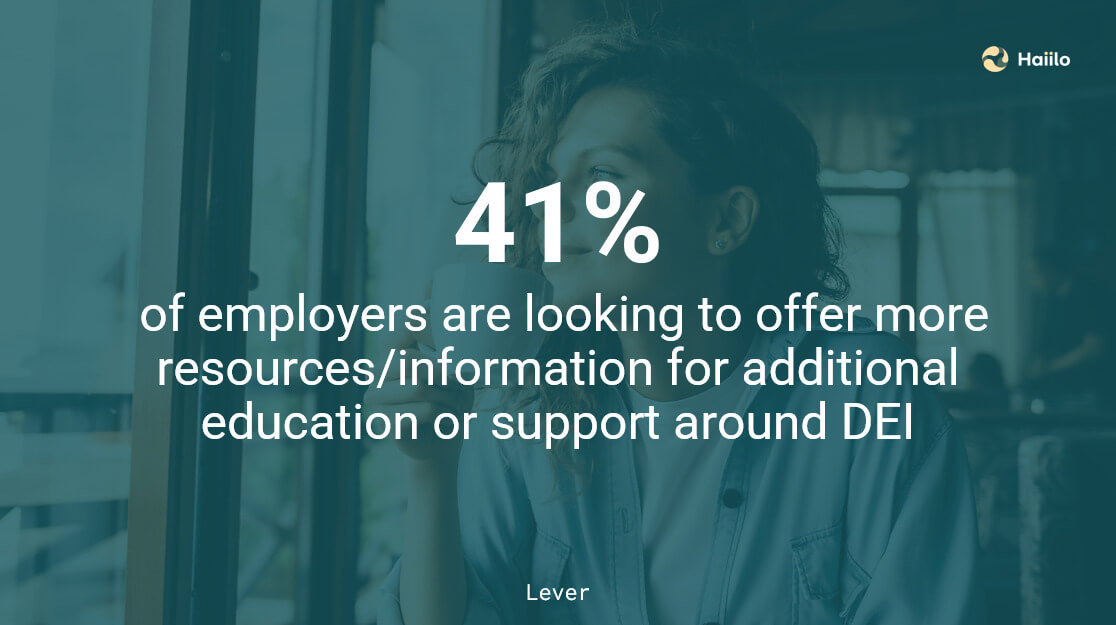
3. Reconsider your hiring and recruitment strategy
Talent acquisition teams play an important role in eliminating bias and discrimination in their recruitment processes. Still, bias and discrimination in recruitment are present in many organizations.
The best way to eliminate such bias is to train hiring managers and to set up diverse panels of interviewers who will select candidates based on skills and experience.
To achieve greater diversity in hiring, the most common tactic is to use an online platform to evaluate applications at scale and to eliminate bias in job postings.
4. Help employees feel connected
A corporate culture of inclusivity and building a sense of belongingness should be every company’s concern. But remote work makes it harder for employees to feel connected. As a consequence, many companies today are facing organizational silos that result in a drop in employee morale and wellbeing.
Eliminating organizational silos and improving team and cross-functional collaboration are crucial for employees to feel more inclusive.
5. Encourage employees’ share of voice
According to a previously mentioned research, one of the biggest DEI initiatives companies are planning to implement in 2022 and beyond are more regular employee surveys.
These surveys are the best way to not only collect employees’ feedback and perceptions about diversity and inclusion in their organization but also to show them that their voice is encouraged, appreciated, and welcomed.
6. Be more flexible but provide equal opportunities for everyone
In order to do their jobs successfully, most employees today depend on workplace technology. Luckily, modern employee engagement tools are designed to be accessible to every employee regardless of their location, generation, and job function.
These tools should be intuitive and mobile-first so that every employee can use them.
In a survey by Lever, 60% of employers say they provided accommodations, opportunities, and tools for employees to succeed based on their specific needs, and more than half (51%) say they introduced flexible policies.
In order to improve their overall DEI strategies, companies need to grow these numbers in the future.
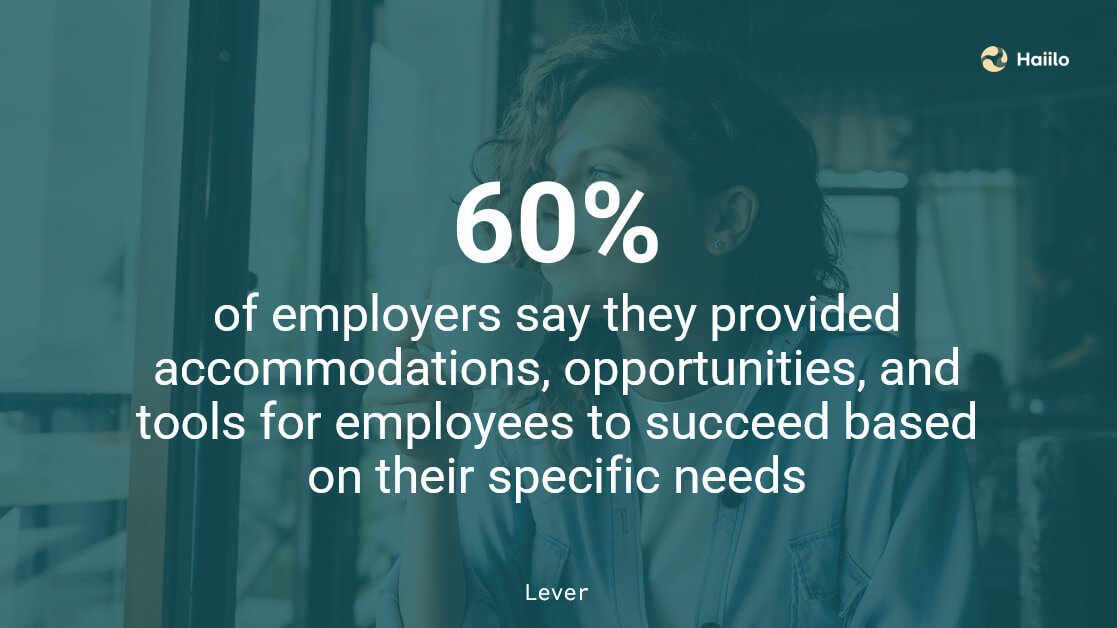
7. Make employees your advocates to strengthen your employer brand
Companies that are DEI-oriented often don’t have strategies around how to communicate this to the outside world and improve their external reputation and employer brand.
The best way to do so is by driving employee advocacy and ambassadorship. Both customers and job seekers trust your employees’ words more than those that come from CEOs and corporate roles.
Besides just keeping employees informed about diversity, inclusion, and equity initiatives, employers should also encourage and enable their workforce to spread the word externally. This could be the most efficient way to show everyone about your care for DEI.
Take Your DEI Initiatives to the Next Level with Haiilo
In the sea of various workplace technology, it is getting harder and harder to pick the tools that make the biggest impact. Haiilo is an employee engagement platform organizations use to make their people more engaged and connected, to drive advocacy in the workplace, and to enable managers to be more people-oriented and data-driven.
But how can Haiilo help your organization with diversity, equity, and inclusion?
Here is how:
- Implement regular employee surveys to anchorage their share of voice and collect their feedback
- Achieve organizational alignment and employees’ buy-in with storytelling and by regularly sharing your company’s DEI initiatives
- Enable employees to easily become your DEI advocates by sharing stories with their audiences
- Build a single source of truth about all the DEI resources and best practices accessible to every employee in seconds
- Make your workplace technology more inclusive and accessible to every employee




